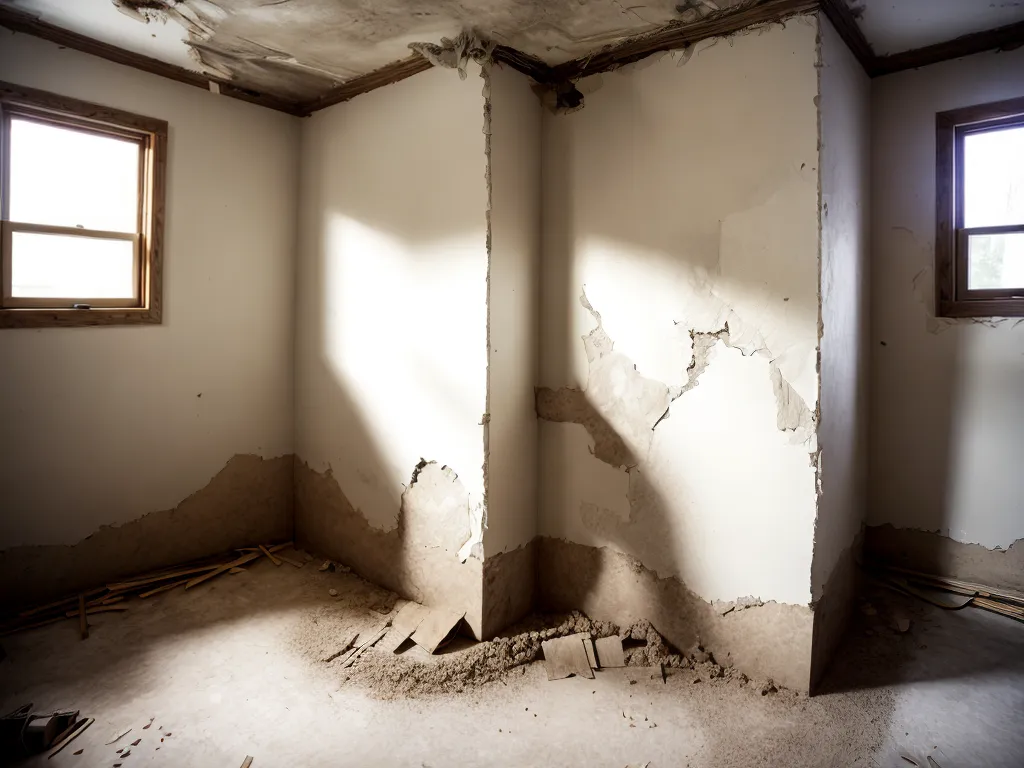
Introduction
Grounding an old house can be challenging, especially if you want to avoid the messy and disruptive process of tearing out walls and ceilings to access the electrical system. Proper grounding is crucial for safety, protecting against shocks and blown fuses. In this comprehensive guide, I will walk through various methods for grounding an old house while keeping the existing plaster intact.
Assess the Existing Electrical System
The first step is to thoroughly inspect the existing electrical system and components. This will help you understand what needs to be upgraded or replaced for proper and safe grounding.
- Examine the electrical panel/fuse box. Is it up to code or very outdated? Older panels often lack proper grounding bars.
- Check that circuits are grounded. Test outlets for proper polarity.
- Inspect the condition of wiring. Old cloth-coated wiring is a fire hazard.
- Look for bootleg/unsafe DIY grounding attempts. These may need to be removed.
- Document any ungrounded outlets, fixtures and appliances.
Creating a detailed assessment highlights what grounding solutions will be viable for your unique old home's needs.
Improve Grounding at the Main Panel
Updating the main electrical panel is key for creating a safe grounding system. But choosing the right approach depends on your existing panel.
Upgrade to a Grounding Panel
If the electrical panel is very old or undersized, the best option is upgrading to a full grounding panel. This gives you:
- A dedicated grounding bus bar.
- Grounded neutral and ground wires.
- More spaces for circuits.
Upgrading the main panel resolves grounding at the central source. But don't stop here - you still need proper grounding through all wires and outlets.
Add a Ground Rod
If the panel itself doesn't need replacement, adding a ground rod creates a basic grounding system.
- Rods are driven into the earth, providing a path to ground.
- Connect the rod to the neutral bus bar in the panel.
- Should be copper or copper-clad, minimum 8 feet long.
This DIY ground rod install is low cost. But it has limitations depending on soil conditions and alone may not fully ground the system.
Install a Subpanel
Another option without replacing the main panel is installing a grounded subpanel.
- Subpanel must also be connected to a ground rod.
- Allows grounded and ungrounded circuits.
- More flexibility in expanding circuits.
The existing ungrounded wiring connects to the subpanel, which distributes grounded power. It's a good compromise option.
Update Outlets and Wiring
Once the main panel/subpanel is grounded, the next step is replacing ungrounded wiring and outlets throughout the home.
Replace Outlets
- Replace each ungrounded outlet with a grounded outlet.
- Use a voltmeter to test for power once replaced.
- Label with "GFCI Protected" and add a GFCI outlet if needed.
Updating all outlets, room by room, ensures accessible grounded plugs anywhere needed.
Re-Wire Circuits
For a full grounding solution:
- Run new 12/2 NM grounded wire to replace ungrounded wiring.
- Keep existing boxes and plaster, fish new wire through walls.
- Connect to grounded outlets.
Re-wiring upgrades old cloth-coated wire while minimizing plaster demolition. Opening walls in a few key spots allows access for pulling new wire.
Use Grounding Plates
Grounding plates are another option that keeps plaster walls intact.
- Attach a plate with wire lead to the box.
- Connect the ground wire to the plate.
- Provides a grounded connection.
Use grounding plates on boxes with grounded wiring. It's quick and doesn't require new wire.
Install GFCI Outlets
While not a full grounding solution, adding GFCI outlets enhances safety:
- GFCIs monitor current and cut power on faults.
- Protect from shocks even without grounding.
- Upgrade kitchen, bathroom and outdoor outlets.
Use GFCI outlets selectively in combination with other methods. Don't rely only on GFCIs for grounding an old system.
Conclusion
While daunting, grounding an old home without demolition is very feasible. Start by evaluating the existing system then make incremental upgrades. Replace the main panel, re-wire circuits and add ground rods and plates. With proper attention to detail, an old house can have a safe, grounded electrical system.